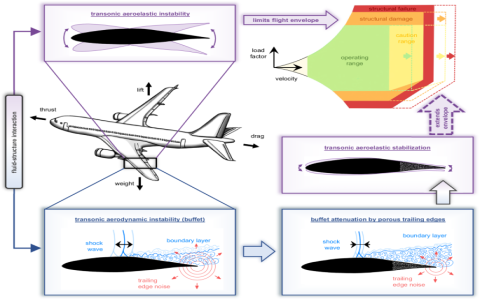The fuel tank pressure sensor (FTPS), crucial for evaporative emissions control, is always located within the fuel tank/vapor system. Its exact position varies significantly by vehicle make, model, and year. Here's a breakdown of common locations to find diagrams easily:
Common Locations
- Mounted on the Fuel Tank Itself: Often near the fuel pump/sending unit access panel. Requires dropping or lowering the fuel tank to access in many cases. Check the tank's top surface.
- Integrated within the Fuel Pump Module: Part of the fuel pump assembly accessed via the in-tank service port. Common on many modern GM, Ford, and Chrysler vehicles.
- Attached Directly to the Charcoal Canister: Located underneath the vehicle, often near the rear axle or quarter panel. Follow vapor lines to the canister.
- Along the Vapor Line Routing: Some manufacturers (e.g., certain BMWs, VWs) may place it inline within a vapor hose or mounted to the chassis along the vapor line path between the tank and canister/engine.
Finding a Diagram Fast & Easy
- Identify Your Vehicle: Note the exact year, make, model, and engine size.
- Access Repair Manual Databases: Use this information to search within professional or licensed online repair information systems. These provide exact diagrams and locations.
- Focus on Fuel System & Evaporative Emissions Sections: Look specifically in chapters/sections covering "Fuel Delivery," "Fuel Tank," "Evaporative Emission Control System (EVAP)," or "Emissions Controls." Diagrams will be labeled accordingly.
- Look for Labels: Diagrams will typically label the component as "Fuel Tank Pressure Sensor," "FTPS," "PZEV Sensor," "Tank Pressure Sensor," or similar. The symbol may resemble a small box or cylinder.
Key Considerations
- Fuel Vapor Warning: Depressurize the fuel system according to service manual procedures before disconnecting ANY components.
- Electrical Connector: The FTPS always has an electrical connector (usually 2-3 wires) for signal and power/ground. Finding this connector is often the easiest way to pinpoint the sensor visually.
- Check the Wiring Harness Route: Follow the wiring harness from the fuel tank area or canister.
- Location Variability: Even within the same brand, location can change dramatically between models (e.g., sedan vs. SUV) and model years.

